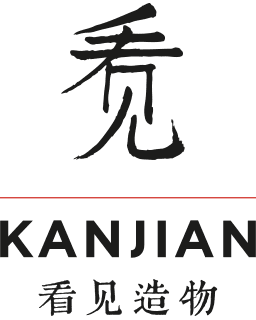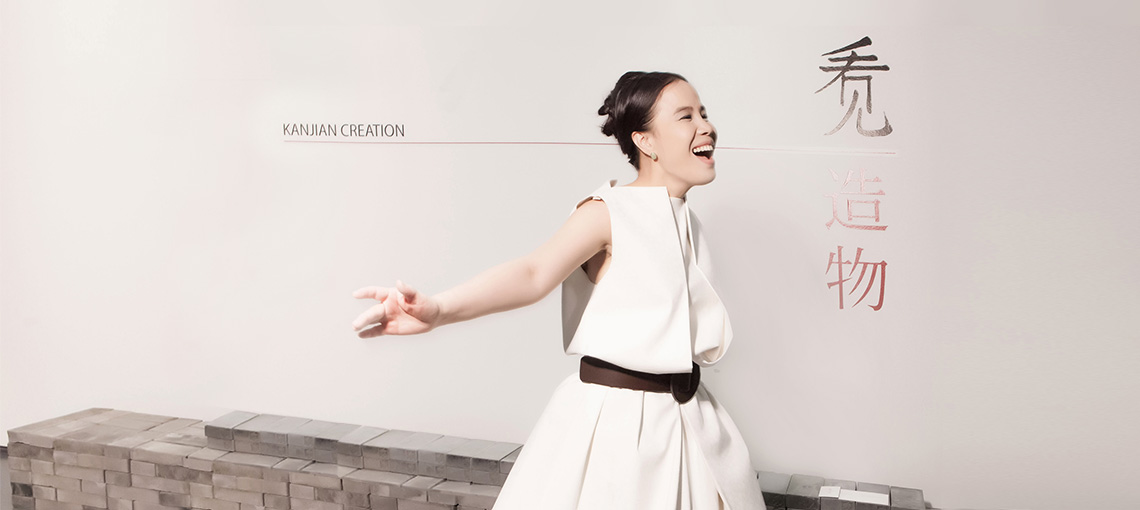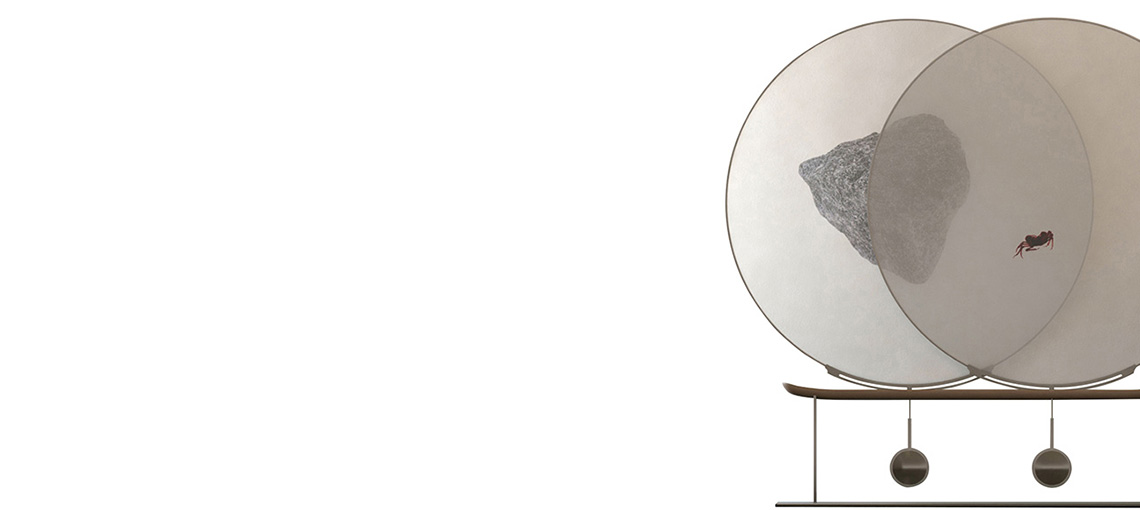【看见造物】是看见民艺创意文化(北京)有限公司旗下品牌
看见民艺创意文化(北京)有限公司
北京市朝阳区建国路89号华贸商务楼16号606室100025
Kanjianminyi Creative Culture (Beijing) Co. Ltd.
Room 606,Unit 16, Huamao Business Building, No.89 Jianguo Road, Chaoyang District, Beijing, P.R China 100025
T: +86(10)52036616 F: +86(10)52036616 Email: info@kanjiancreation.com








 |
|